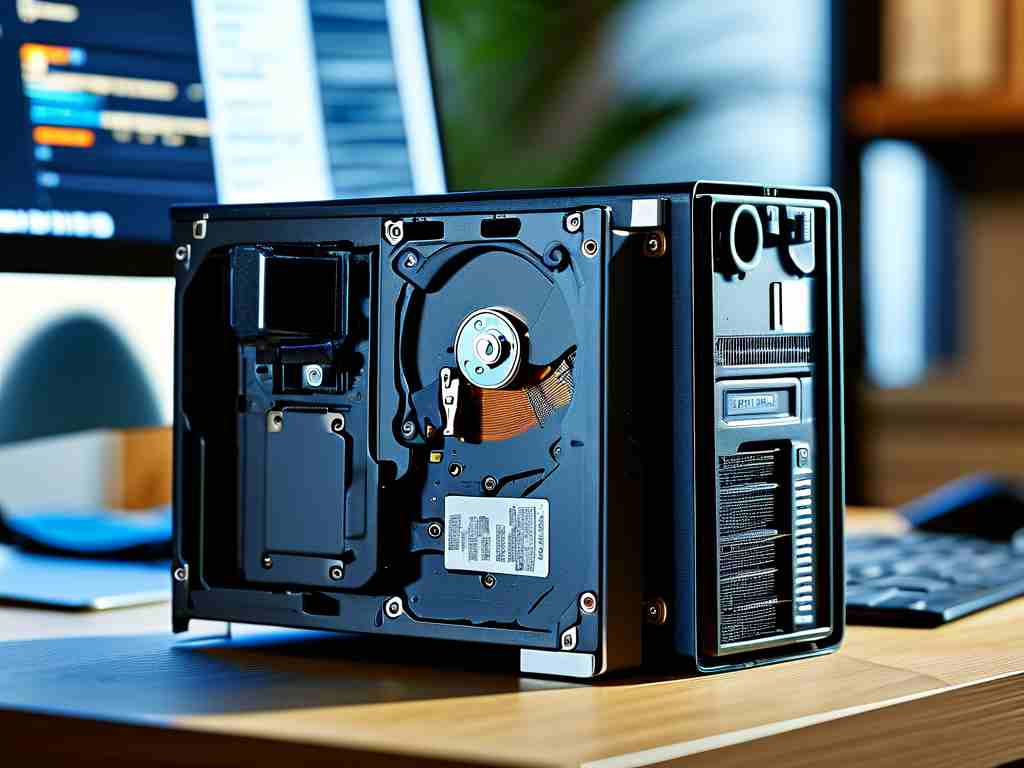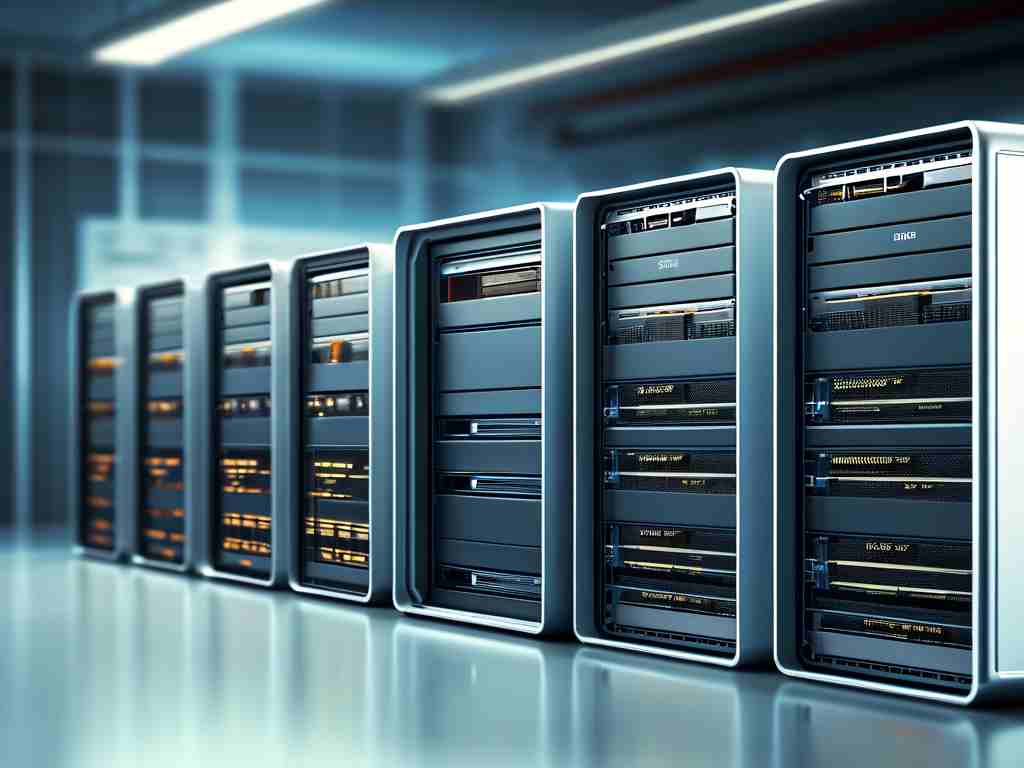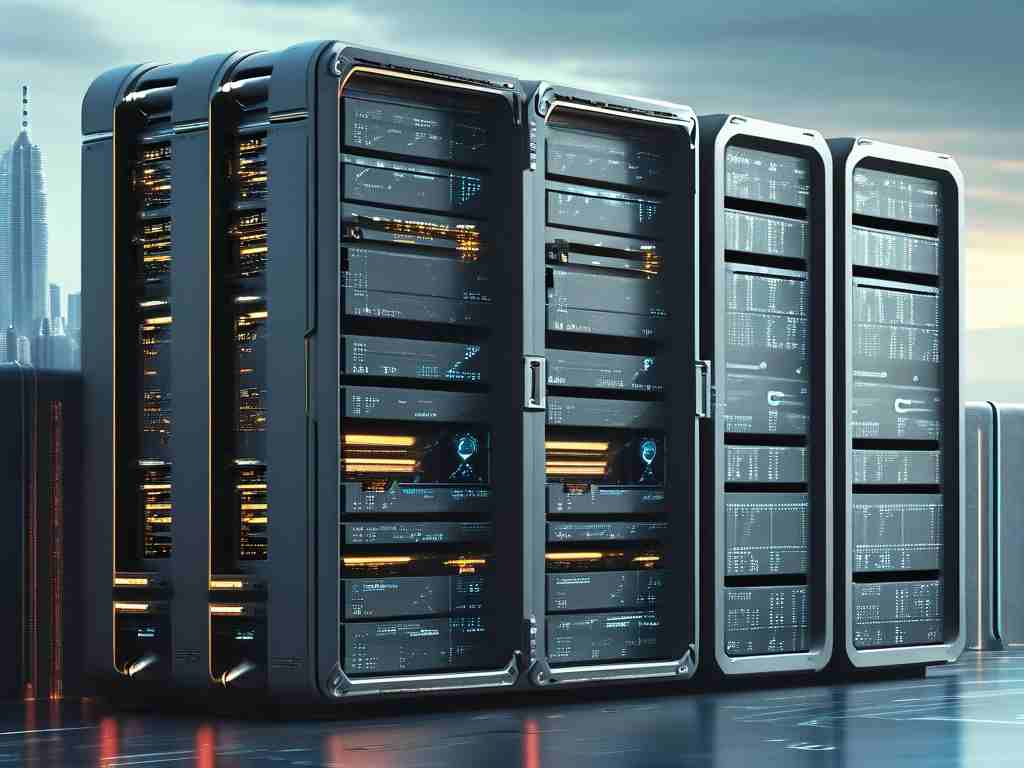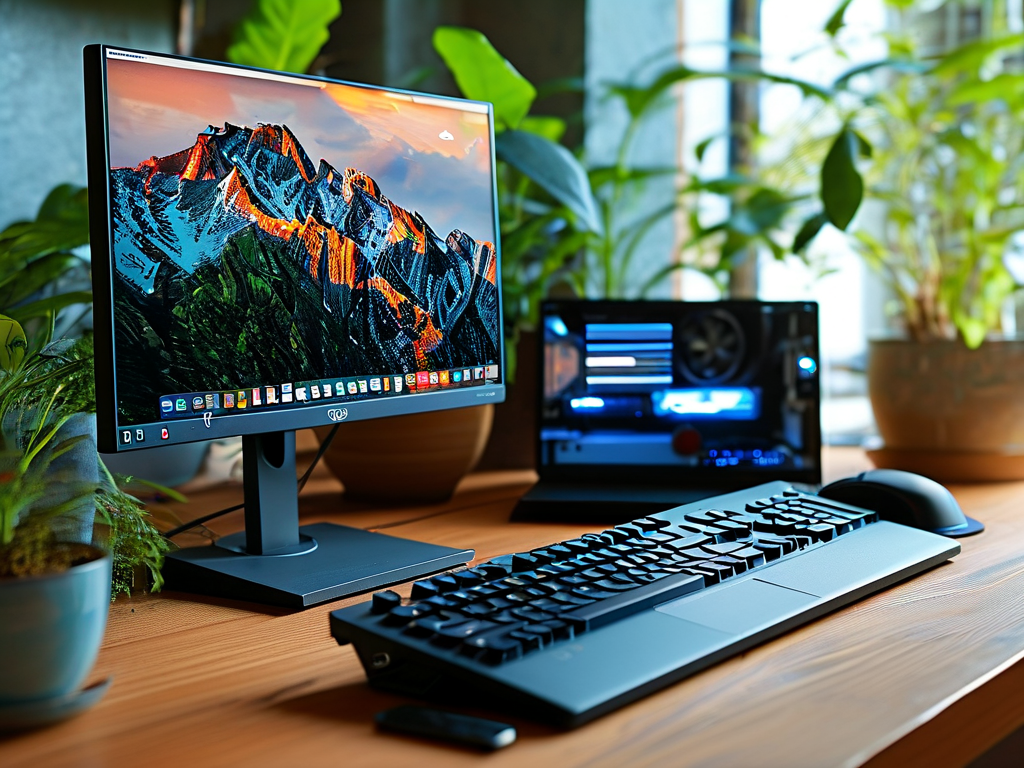In modern computing systems, three critical components work synergistically to manage data flow and storage: memory (RAM), hard drives, and USB drives. While often conflated by casual users, each serves distinct purposes that collectively ensure seamless digital operations. This article explores their unique functionalities and interdependencies.

Memory (RAM): The Speed Enabler
Random Access Memory (RAM) acts as a computer’s short-term workspace. Unlike permanent storage devices, RAM temporarily holds data actively used by the CPU, such as open applications and operating system processes. For instance, when editing a video file, the software loads required assets into RAM for real-time processing. This volatility means RAM clears its contents upon shutdown, prioritizing speed over persistence.
Modern DDR4 and DDR5 RAM modules achieve transfer rates exceeding 50GB/s, enabling multitasking capabilities. However, insufficient RAM forces systems to rely on slower virtual memory (hard drive space), creating performance bottlenecks. Gamers and professionals often upgrade RAM to 32GB or higher to handle resource-intensive tasks like 3D rendering or machine learning workflows.
Hard Drives: The Digital Archive
Hard Disk Drives (HDDs) and Solid-State Drives (SSDs) serve as long-term storage solutions. HDDs use spinning magnetic platters and mechanical arms, offering high capacities (up to 20TB) at lower costs. SSDs employ flash memory chips for faster access times (0.1ms vs HDD’s 5-10ms) and shock resistance, making them ideal for portable devices.
Operating systems typically reside on hard drives, loading essential files into RAM during boot sequences. Enterprise environments often deploy RAID configurations combining multiple drives for redundancy and performance. Emerging technologies like NVMe SSDs now leverage PCIe interfaces to achieve sequential read speeds surpassing 7,000MB/s, blurring the line between storage and memory performance.
USB Drives: Portable Data Bridges
Universal Serial Bus (USB) flash drives revolutionized data portability. These thumb-sized devices use NAND flash memory with capacities ranging from 8GB to 2TB. Unlike internal storage, USB drives prioritize physical mobility and cross-platform compatibility. Their plug-and-play functionality enables quick file transfers between devices without network dependencies—a crucial feature for offline environments.
Advanced USB standards like USB4 support 40Gbps throughput, rivaling internal SATA connections. Security-focused variants incorporate hardware encryption and biometric authentication. In industrial applications, ruggedized USB drives withstand extreme temperatures and physical stress, proving invaluable for field data collection.
Interplay and Optimization
The triad operates through coordinated data handoffs. When launching a program:
- The CPU retrieves the application from the hard drive
- Critical files load into RAM for rapid access
- User-generated data saves back to the hard drive or USB storage
Hybrid systems use technologies like Intel Optane to create memory-storage hybrids, caching frequently used files in intermediate tiers. Meanwhile, USB-C interfaces with Thunderbolt support now enable external GPUs and high-speed storage arrays, redefining peripheral capabilities.
Understanding these components empowers users to make informed upgrades. Adding RAM alleviates system lag during heavy multitasking, while migrating to SSDs breathes new life into older machines. For photographers and videographers, combining high-speed USB drives with optimized RAM/storage setups dramatically accelerates workflow efficiency.
As computing evolves, boundaries between memory and storage continue to blur. Computational storage drives now process data locally, reducing CPU load. Persistent memory technologies like Intel’s 3D XPoint promise non-volatile RAM characteristics. Nevertheless, the fundamental hierarchy—ultra-fast memory, capacious storage, and portable media—remains central to all computing architectures.






